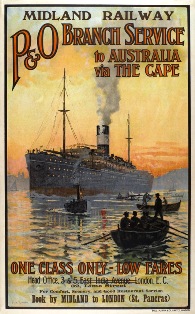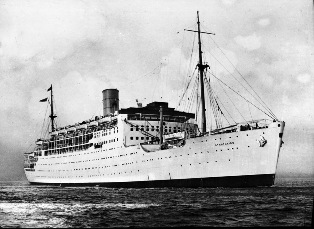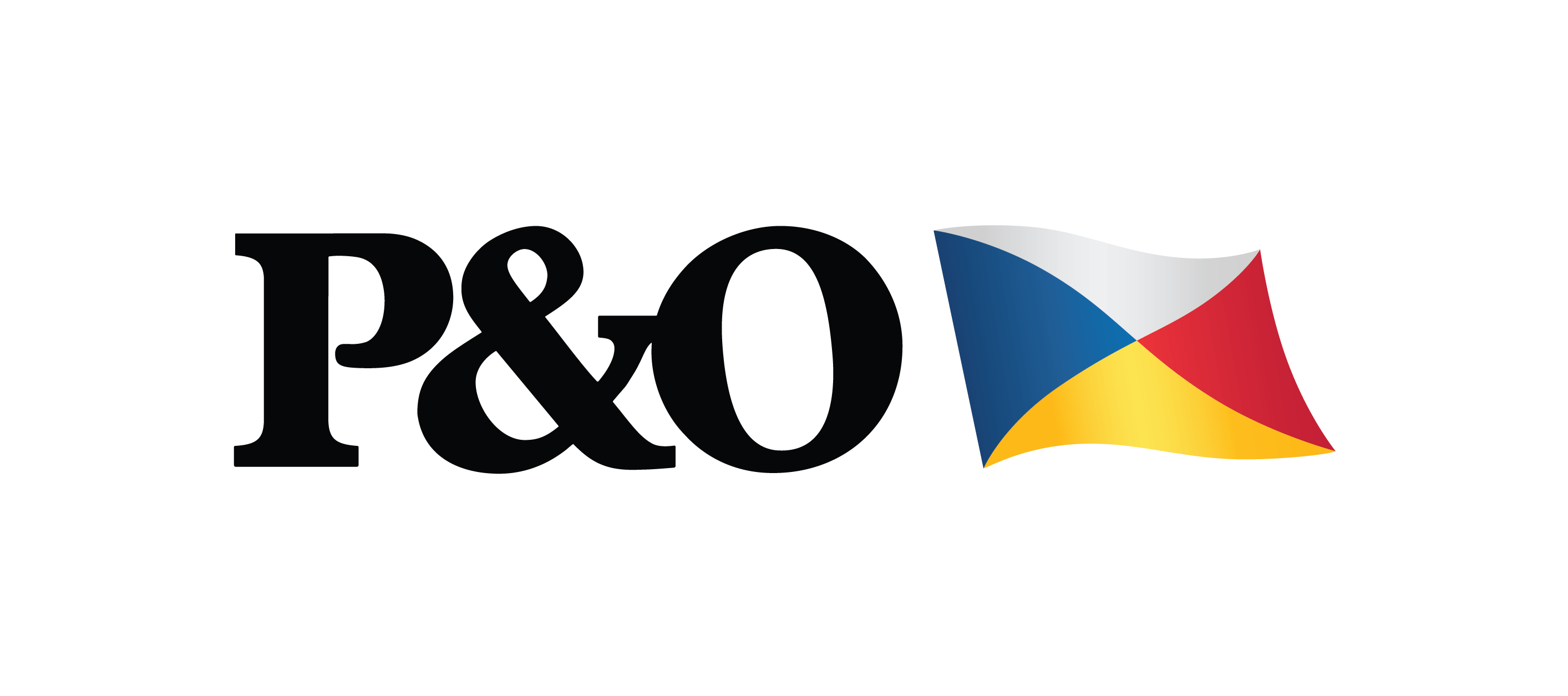 The growing inclination of early 20th century shipping enterprises to merge their interests, and group themselves together, did not go unnoticed at P&O, which made its first major foray in this direction in 1910 with the acquisition of Wilhelm Lund’s Blue Anchor Line. By 1913, with a paid-up capital of some £5½ million and over sixty ships in service, several more under construction and numerous harbour craft and tugs to administer to the needs of this great fleet all counted, the P&O Company owned over 500,000 tons of shipping. In addition to the principal mail routes, through Suez to Bombay and Ceylon, where they divided then for Calcutta, Yokohama and Sydney, there was now the ‘P&O Branch Line’ service via the Cape to Australia and various feeder routes. The whole complex organisation was serviced by over 200 agencies stationed at ports throughout the world.
The growing inclination of early 20th century shipping enterprises to merge their interests, and group themselves together, did not go unnoticed at P&O, which made its first major foray in this direction in 1910 with the acquisition of Wilhelm Lund’s Blue Anchor Line. By 1913, with a paid-up capital of some £5½ million and over sixty ships in service, several more under construction and numerous harbour craft and tugs to administer to the needs of this great fleet all counted, the P&O Company owned over 500,000 tons of shipping. In addition to the principal mail routes, through Suez to Bombay and Ceylon, where they divided then for Calcutta, Yokohama and Sydney, there was now the ‘P&O Branch Line’ service via the Cape to Australia and various feeder routes. The whole complex organisation was serviced by over 200 agencies stationed at ports throughout the world.
In 1914, Sutherland – now an octogenarian – and representatives of the British India Steam Navigation Company commenced the negotiations which were to produce the fusion of these two very large concerns. The British India Company, which came into existence in 1856 as the Calcutta and Burmah Steam Navigation Company and was renamed in 1862, was founded by William Mackinnon (1823-1893). B.I. had grown up at a great pace, in parallel with the P&O, but not in competition. B.I.'s routes converged in a network of services scattered around the Indian coast and stretched to Burma, East Africa, the Persian Gulf, China and Australia as well as to England and the Continent. Operating as they did on complementary services, the merger was viewed as a means of strengthening the position of both companies generating opportunities for joint efficiencies. The two companies continued to be run as separate entities but they shared the same Board of Directors until 1956. Lord Inchcape (James Lyle MacKay, 1952-1932) continued as Chairman of the British India Company and, after his election to the board of the P&O in October 1914, he was appointed a Managing Director of that Company, subsequently succeeding to the Chairmanship of the combined companies on the retirement of Sutherland early in 1915.
A spate of mergers and take-overs followed the B.I. deal which greatly widened the scope and influence of P&O. In a surprisingly short time and conducted during the darkest years of war, several of the best known shipping companies found themselves under the P&O umbrella: in 1916, an amalgamation was effected with the New Zealand Shipping Company and its subsidiary, the Federal Stea m Navigation Company; in 1917, the P&O Company acquired a controlling interest in the Union Steamship Company of New Zealand, followed shortly after by the outright purchase of the Hain and the Mercantile Steamship Companies and of the firm of James Nourse Ltd. At the end of 1918, the Group was further strengthened by its acquisition of a controlling shareholding in the Orient Line and in 1920, the General Steam Navigation Company, the oldest established sea-going steamship undertaking, was taken over. In 1923 the Strick Line was acquired too and P&O became, for a time, the largest shipping company in the world. P&O had grown into a group of separate operating companies whose shipping interests touched almost every part of the globe. The business model, such as it was, appeared to work and it continued in this form right up until 1971 and the McKinsey-lead restructuring into several ‘operating divisions’ under one, P&O flag.
m Navigation Company; in 1917, the P&O Company acquired a controlling interest in the Union Steamship Company of New Zealand, followed shortly after by the outright purchase of the Hain and the Mercantile Steamship Companies and of the firm of James Nourse Ltd. At the end of 1918, the Group was further strengthened by its acquisition of a controlling shareholding in the Orient Line and in 1920, the General Steam Navigation Company, the oldest established sea-going steamship undertaking, was taken over. In 1923 the Strick Line was acquired too and P&O became, for a time, the largest shipping company in the world. P&O had grown into a group of separate operating companies whose shipping interests touched almost every part of the globe. The business model, such as it was, appeared to work and it continued in this form right up until 1971 and the McKinsey-lead restructuring into several ‘operating divisions’ under one, P&O flag.
- 3 of 4




